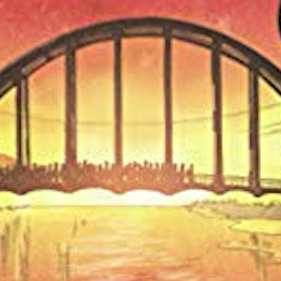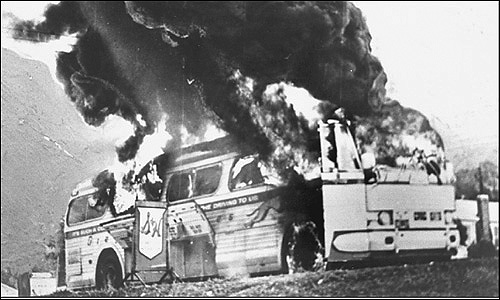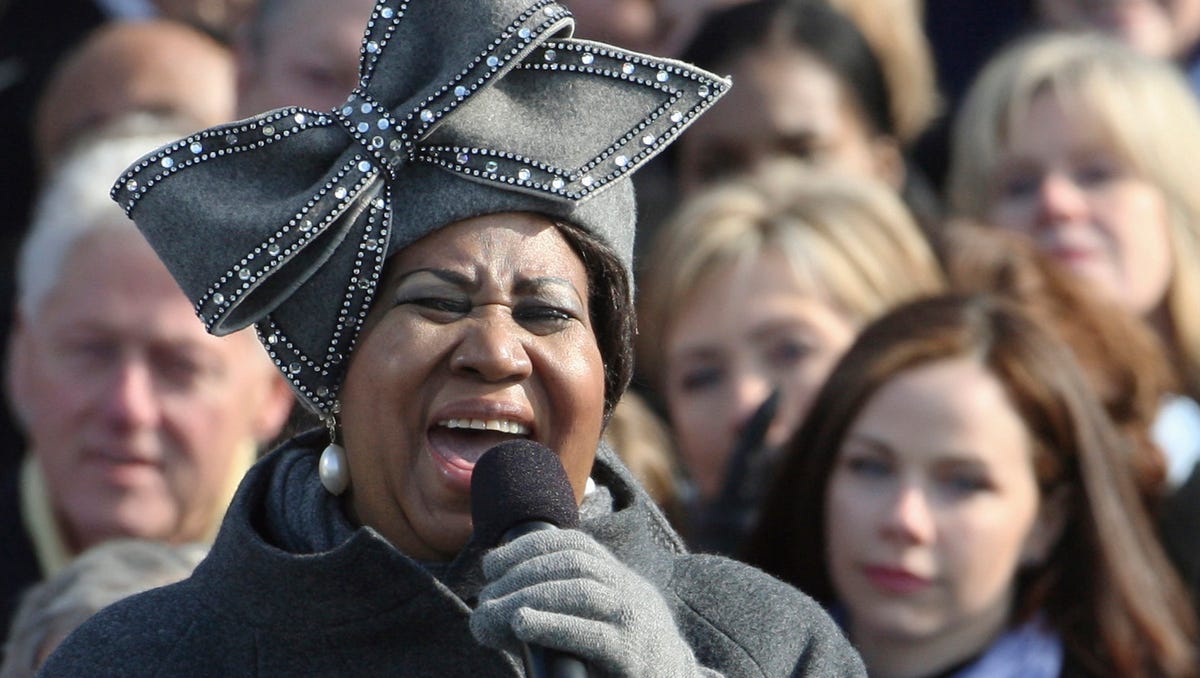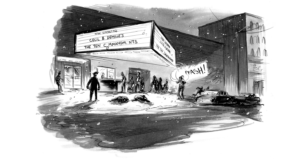What Would You Do?
Honestly, the level of violence in this week’s reading shook me to my core. As I sat there scanning over the gruesome depictions of these events, I couldn’t help but think, “This makes me sick.” The thought of people suffering these horrendous crimes was enough to make my stomach churn. That’s how I fell deeper into my thoughts. What would I do if I were in that situation? Would I be able to take it without fighting back like they did? Would I run away? Or would I even be involved in the first place?
The thought of having to live in the past is always an interesting one. Putting yourself in the shoes of the people that came before us is something I find myself doing often. Thinking about the actions I would’ve taken really put things into perspective. These people did not fight back. Their peaceful protests spoke louder than any violence they could’ve shown in return. It showed the real extent of how far they would go for their freedom. Every time I imagined myself in that position, I couldn’t help but cringe at the thought. Being spit on, stepped on, beaten half to death, have slurs shouted in my face. All of those things made me gain a new level of respect for them.
It’s hard to picture myself in those situations. It’s hard to picture those situations now. What’s even crazier however, is knowing that there are people fighting these same battles today. These same battles that we thought had come to an end, are still being fought. There are clear parallels between the freedom riders and the Black Lives Matter protests. Their choice to protest peacefully and be met with unnecessary violence is identical. I can confidently say that people today are willing to go even further when fighting for these causes.



